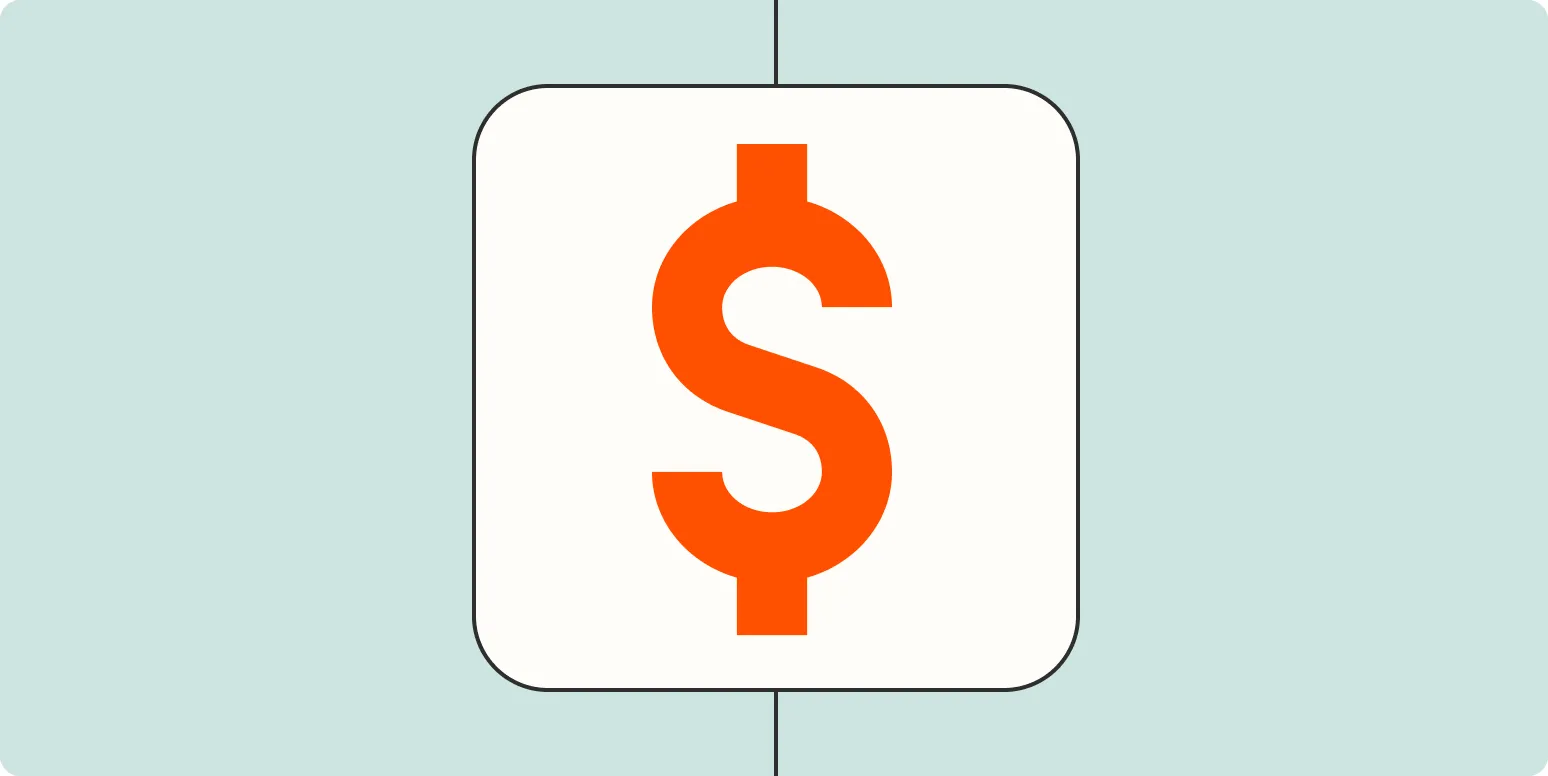In today’s fast-paced business environment, automating bookkeeping processes can save time, reduce errors, and improve overall efficiency. Below are five simple ways to automate your bookkeeping tasks, ensuring that you stay on top of your finances without the hassle of manual data entry.
1. Utilize Cloud-Based Accounting Software
One of the most effective ways to automate bookkeeping is by using cloud-based accounting software. Platforms like QuickBooks, Xero, and FreshBooks allow you to manage your finances from anywhere, anytime. These tools often come with features such as:
- Automated invoicing
- Expense tracking
- Bank reconciliation
By integrating your bank accounts with these systems, transactions are automatically imported, reducing manual input and potential errors.
2. Implement Receipt Scanning Technology
Receipt scanning technology enables you to digitize paper receipts and automatically categorize expenses. Apps like Expensify and Shoeboxed allow you to take a photo of your receipt, which is then converted into digital format and recorded in your accounting system. This process not only saves time but also:
- Minimizes the risk of losing receipts
- Ensures accurate expense reporting
With automated receipt scanning, you can focus on more important aspects of your business while keeping meticulous records.
3. Set Up Automated Payment Reminders
Keeping track of due dates for invoices and bills can be challenging. Setting up automated payment reminders can help you stay organized. Most accounting software offers features that allow you to:
- Send automatic reminders to clients for upcoming payments
- Schedule reminders for your own bills
This ensures that you never miss a payment, which can help maintain positive relationships with vendors and clients.
4. Use Bank Feeds for Real-Time Data
Connecting your bank accounts to your accounting software via bank feeds allows for real-time tracking of your financial transactions. This feature will enable you to:
- Automatically import transactions
- Quickly categorize expenses
With real-time data at your fingertips, you can make informed financial decisions, enhancing your overall business strategy.
5. Integrate Third-Party Apps
Many businesses use various applications for different functions. Integrating these third-party apps with your accounting software can significantly streamline your bookkeeping tasks. For instance, you can connect:
| App | Function | Benefits |
|---|---|---|
| PayPal | Payment processing | Automatic transaction import |
| Shopify | E-commerce | Seamless sales tracking |
| Time Tracking Software | Labor costs | Accurate payroll management |
By automating data transfer between applications, you can significantly reduce duplicate entries and streamline your bookkeeping processes.
In conclusion, automating your bookkeeping doesn’t have to be a daunting task. By utilizing cloud-based accounting software, implementing receipt scanning technology, setting up automated reminders, using bank feeds, and integrating third-party apps, you can simplify your financial management. These five simple methods will allow you to save time, minimize errors, and focus on growing your business.





